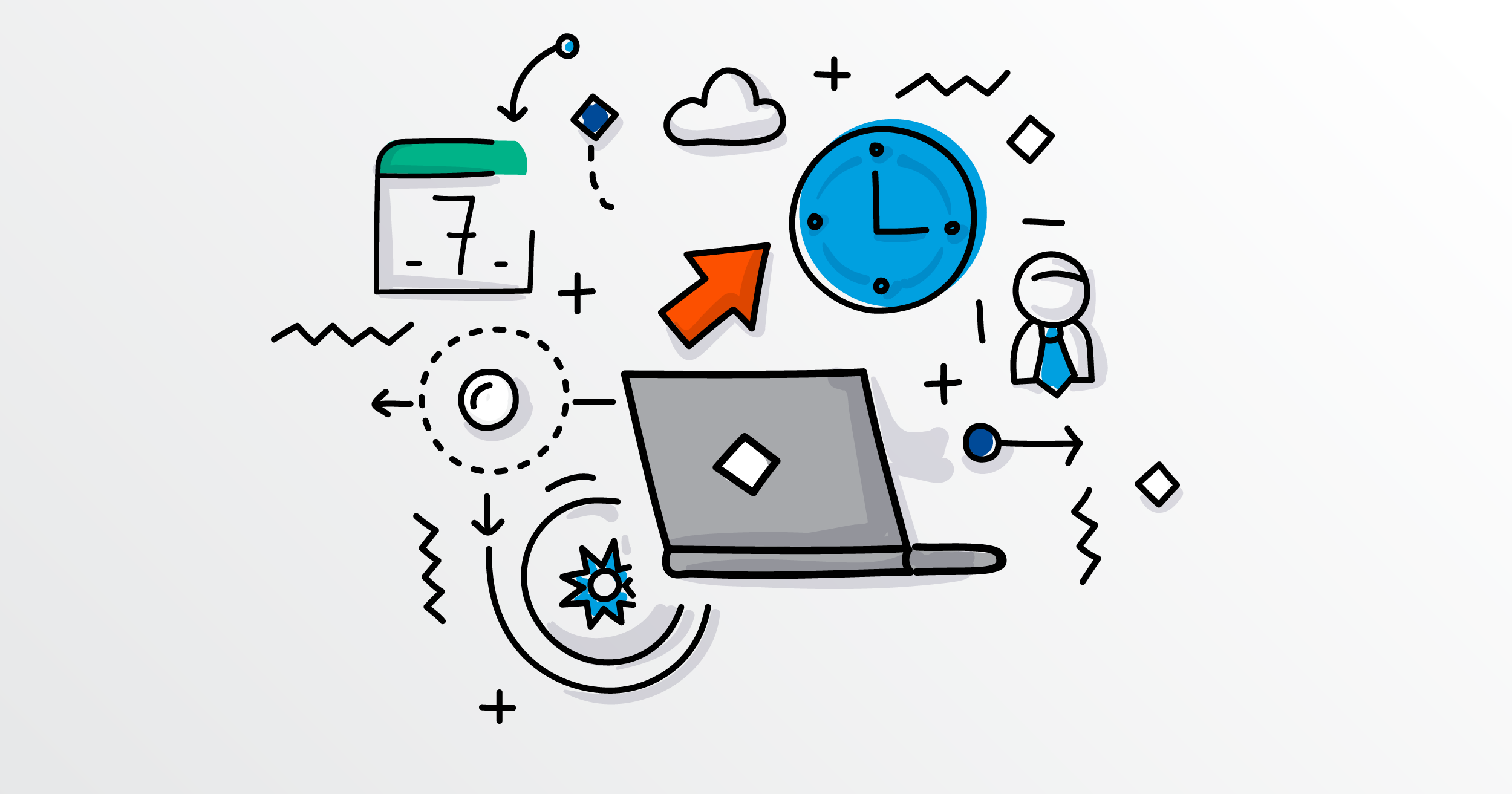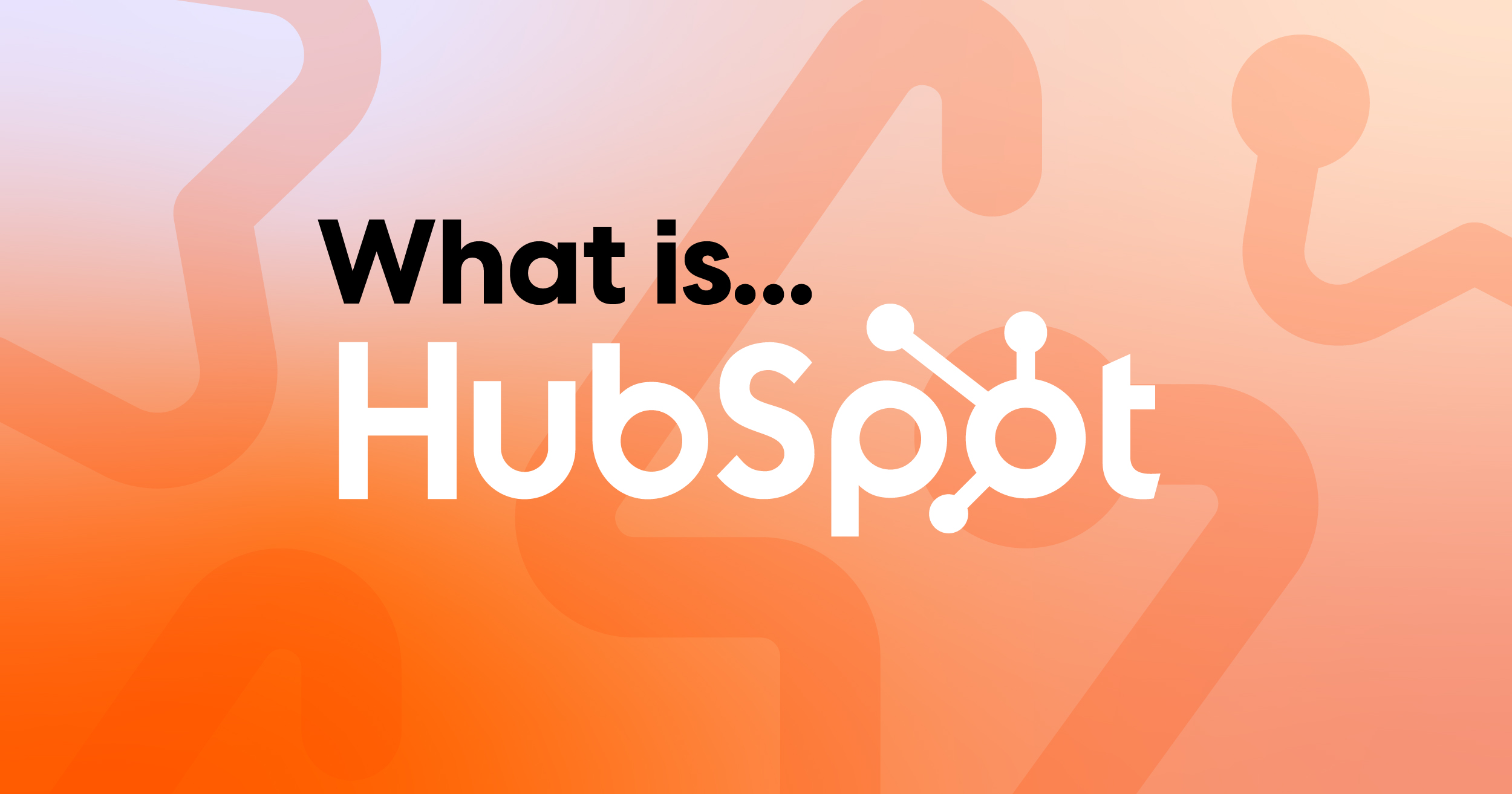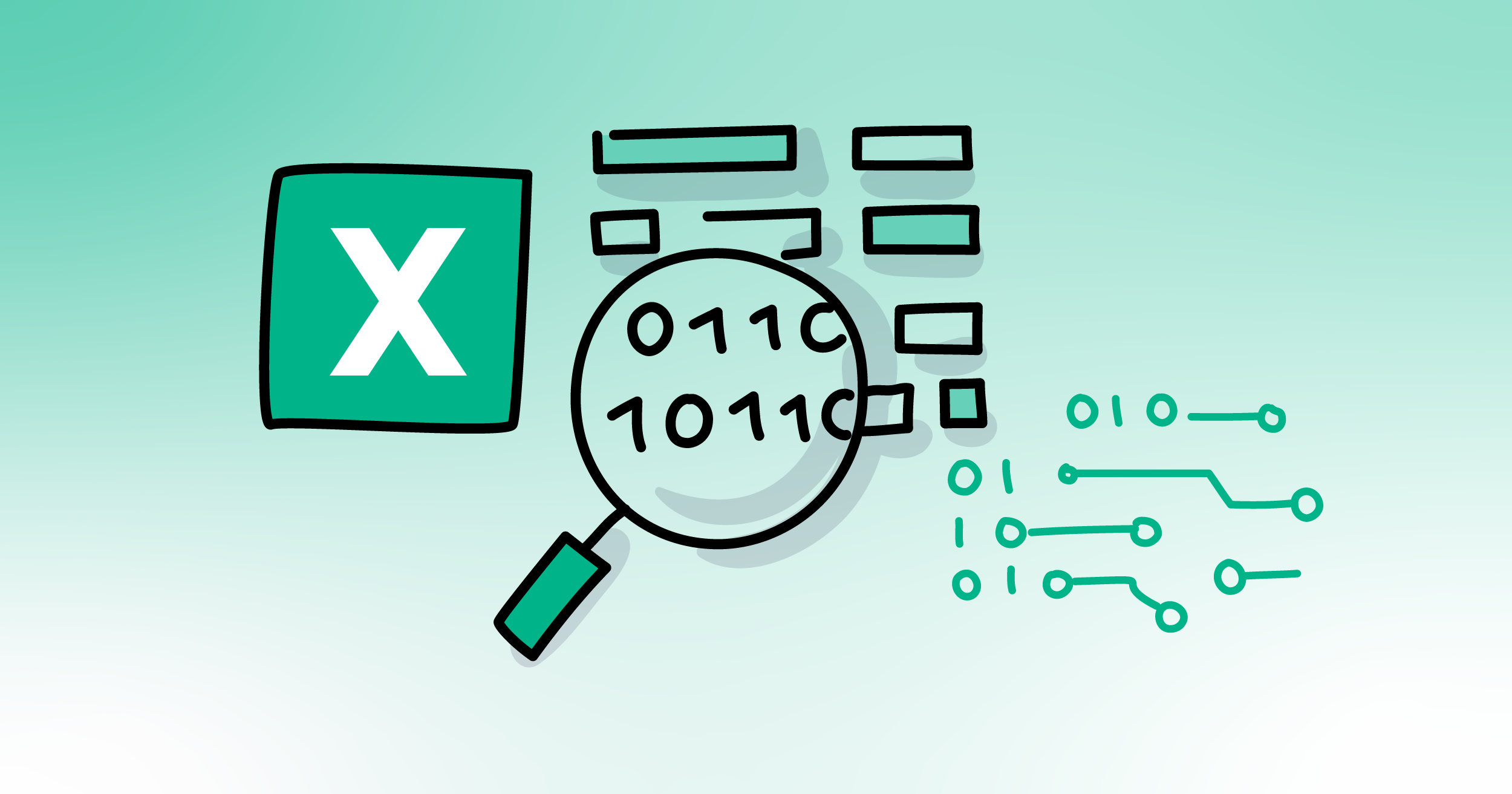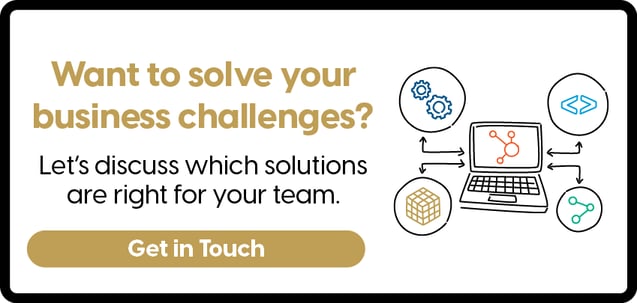
How to boost your productivity with better time management
Effective time management is crucial for productivity and reducing stress in a work environment. Juggling multiple tasks, deadlines and unexpected challenges can often lead to stress and decreased productivity. By mastering the art of time management, you can significantly improve your efficiency, reduce stress and achieve your goals. This blog post will explore some practical strategies and tips to help you manage your time more effectively in your work environment.
Quick Links:
- Prioritisation and planning
- Time blocking
- Effective communication and delegation
- Minimise distractions
- Productive team management
![]()
"Time is your most valuable asset. Invest it wisely by prioritising ruthlessly, focusing intently and communicating clearly. This approach not only boosts your own productivity, but empowers your team to thrive, leading to greater success and reduced stress for everyone."

Joe Benson, Our Lead Strategic Consultant from Modern Visual
![]()

Time management tips for working efficiently
- Prioritisation and planning
- 📆 Create a daily or weekly plan: Use a planner, calendar or digital tool to schedule your tasks and allocate time for each.
- 📈 Set realistic goals: Break down large projects into smaller, manageable tasks.
- 🔎 Identify priorities: Determine the most important tasks and focus on those first. Use techniques like the Eisenhower Matrix, a tool for prioritisation.
The Eisenhower Matrix is a popular time management tool that helps you categorise tasks based on their urgency and importance. By understanding these two dimensions, you can prioritise your workload and focus on the most impactful activities.
Here's how the Eisenhower Matrix works:
- Create a 2x2 grid: Divide a piece of paper or a digital tool into four quadrants.
- Label the horizontal axis "Importance" and the vertical axis "Urgency."
- List your tasks: Write down all the tasks you need to accomplish.
- Categorise tasks:
Place each task into one of the four quadrants:
- Quadrant 1: Urgent and important: These are tasks that require immediate attention and significant effort. Examples include crises, deadlines, or high-priority projects.
- Quadrant 2: Important but not urgent: These are tasks that are crucial to your long-term goals but don't have immediate deadlines. Examples include planning, relationship building, or professional development.
- Quadrant 3: Urgent but not important: These are tasks that demand immediate attention but are not critical to your goals. Examples include interruptions, emails or meetings that can be delegated.
- Quadrant 4: Not urgent and not important: These are tasks that can be eliminated or postponed. Examples include trivial activities or distractions.

Once you've categorised your tasks, you can prioritise them based on their quadrant:
- Quadrant 1 tasks should be your top priority.
- Quadrant 2 tasks are important for your long term success and should be scheduled accordingly.
- Quadrant 3 tasks can be delegated or eliminated if possible.
- Quadrant 4 tasks should be avoided or minimised.
By using the Eisenhower Matrix, you can effectively prioritise your workload, focus on the most impactful tasks and reduce stress.
- Time blocking
- 📅 Allocate time slots: Dedicate specific time blocks for different tasks or activities. This helps you stay focused and avoid distractions.
- ⛔ Minimise interruptions: Inform colleagues or family members when you need uninterrupted time to work. Use tools like "do not disturb" modes or noise cancelling headphones.
- Effective communication and delegation
- 💬 Communicate clearly: Be clear and concise in your communication to avoid misunderstandings and unnecessary follow ups.
- 🗃️ Delegate tasks: If possible, delegate tasks to others who can handle them effectively. This can free up your time for more critical tasks.
- 🚫 Say no when necessary: Don't overcommit yourself. Learn to say no to additional tasks if you're already overwhelmed.
- Minimise distractions
- 🖥️Create a dedicated workspace: A clutter free, organised workspace can help you stay focused.
- 📵 Limit digital distractions: Turn off notifications on your phone or computer, or use website and app blockers to limit time wasting activities.
- 🚶 Take short breaks: Short breaks can help you stay refreshed and productive.
Try the Pomodoro Technique: A focused approach to work
The Pomodoro Technique is a time management method that involves breaking down work into intervals separated by short breaks. This technique can help improve focus, productivity and reduce burnout.
Here's how it works:
- Choose a task: Select a specific task you want to accomplish.
- Set a timer for 25 minutes: This is the "Pomodoro" interval.
- Work without distractions: Focus on your chosen task for the entire 25-minute interval. Avoid interruptions and distractions as much as possible.
- Take a short break: Once the timer goes off, take a 5-minute break. You can use this time to rest, stretch or do a quick activity.
- Repeat: After four Pomodoro intervals, take a longer break of 15-30 minutes.

Why use the Pomodoro Technique?
- Improved focus: By breaking down work into smaller intervals, you can maintain better concentration.
- Increased productivity: The technique helps you stay on task and avoid procrastination.
- Reduced burnout: Regular breaks can prevent mental fatigue and improve overall well being.
- Better time management: The Pomodoro Technique can help you track your progress and manage your time more effectively.
Tips for using the Pomodoro Technique effectively:
- Find a suitable timer: Use a physical timer or a dedicated Pomodoro timer to help minimise distractions. (Less chance of getting distracted by your phone)
- Create a conducive environment: Minimise distractions and create a comfortable workspace.
- Track your progress: Keep a record of your Pomodoro sessions to monitor your productivity.
- Be flexible: If necessary, adjust the length of your Pomodoro intervals or breaks to suit your needs.
- Productive team management
Team productivity is a critical factor for success. Effective teamwork can lead to increased efficiency, higher quality output and greater innovation. However, achieving optimal team productivity requires careful planning, effective communication and a supportive work environment.

Ways to improve team productivity:
- Create a positive team culture
- Enhance communication and collaboration
- Set clear goals and expectations
- Leverage technology for efficiency
- Manage conflict effectively
By implementing these strategies, you can foster a high performing team that is motivated, engaged and capable of achieving exceptional results.
Continuous improvement
By consistently reviewing and adjusting your time management strategies, learning from your mistakes, and seeking feedback from others, you can embark on a journey of continuous improvement. These steps will empower you to refine your approach, optimise your productivity and ultimately achieve your professional goals.
Don't stop now. Keep learning
 What is HubSpot? A Complete Guide for Enterprise Businesses
If you’ve ever felt like your marketing, sales and service tools are scattered across too many...
What is HubSpot? A Complete Guide for Enterprise Businesses
If you’ve ever felt like your marketing, sales and service tools are scattered across too many...
 How to clean data in Excel before Switching CRMs
Excel can be a powerful tool for cleaning data before migrating to a CRM system. Many businesses...
How to clean data in Excel before Switching CRMs
Excel can be a powerful tool for cleaning data before migrating to a CRM system. Many businesses...
 WordPress vs Content Hub (HubSpot)
How to pick the right platform for your business: Both WordPress and Content Hub are powerful...
WordPress vs Content Hub (HubSpot)
How to pick the right platform for your business: Both WordPress and Content Hub are powerful...


